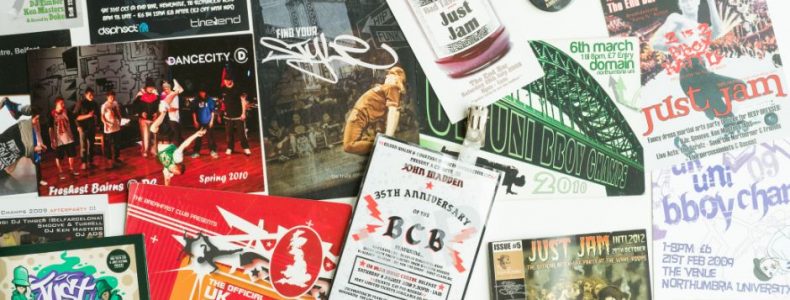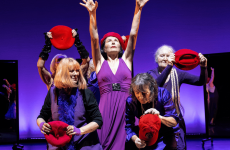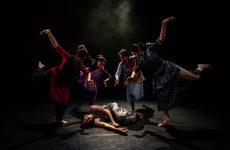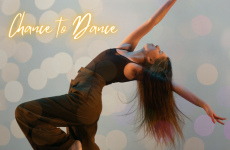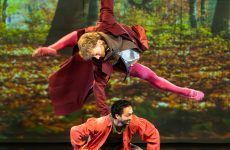Throughout the Dance Heritage project, we have been researching dance genres which are as varied as ballet, breakdancing and Northumbrian folk dance – all of which have strong traditions in the North East but whose roots reveal connections with dance forms from all over the world.
Here, we are entering the exciting world of breakdancing. You can read a previous blog post on the history of clog dancing.
Where it all began…
The history of breakdancing is a story of transformation: from block parties in the Bronx to international stages, from underground battles to Olympic recognition. Its legacy is not only in the moves themselves but in the culture of innovation, respect, and unity it inspires.
Breaking is the original dance of hip-hop and there are four artistic elements: DJing, MCing, graffiti and breaking. The term hip-hop was coined in 1973 by Afrika Bambaataa from the Zulu Nation. At the time (in the early 1970s), there was a lot of gang culture in New York. There was poverty, urban decline, and gang violence. Amid this turmoil, young people found refuge and expression in a growing cultural movement: hip-hop. Alongside graffiti, MCing, and DJing, breakdancing emerged as one of the core elements.
By the 1980s, breaking exploded onto the world stage. Movies like Flashdance, Beat Street and Wild Style, along with music videos by artists like Run-DMC, carried the dance far beyond New York. In cities around the world, young people embraced breaking as both a dance style and a cultural identity.
Despite its commercial peak in the 1980s, breaking never disappeared. Instead, it thrived in underground circles, evolving with each new generation. Local scenes across Europe, Asia, and Latin America developed their own unique styles, and international competitions like Battle of the Year and Red Bull BC One became premier stages for breakers.
Breaking’s endurance has cemented its place as a legitimate art form and sport. In the 2024 Olympic games in Paris, breaking was introduced as a new sport for the first time.
The Evolution of Style
Breaking developed in stages, often referred to as its foundational elements:
- Toprock – Upright dance steps performed at the beginning of a set.
- Footwork – Intricate steps on the floor, also called “downrock.”
- Freezes – Striking a dramatic, often gravity-defying pose to end a sequence.
- Power Moves – Acrobatic spins, flips, and momentum-driven moves such as windmills and headspins.
As competition grew, dancers continually pushed boundaries, blending athleticism with creativity.
An interview with Conor O’Kane
Over in the Dance City archives, you can listen to an interview with Conor O’Kane, or B-Boy Doke is his dance name, who represents Bad Taste Cru. Conor is originally from Ireland but is now based in Newcastle.
The interview delves into the history and development of breakdancing, focusing on Conor O’Kane’s experiences and contributions to the breakdancing community in Newcastle and Northern Ireland. Key topics include significant events such as the Scottish B-Boy Championships, the UK University Breakdance Championships, and the Just Jam battles. The interview also highlights the cultural exchange between breakdancing communities, the evolution of breakdancing crews like Bad Taste Cru and Newcastle City Kru, and the impact of breakdancing on the local and international dance scenes.
The discussion emphasises the growth of breakdancing as an art form and its integration into the broader dance community.


